Have you heard of health 4.0 and health-focused technologies? Learn more about it and learn about the innovative concept of leveraging technological advances for what matters most.
You can also access the Anatel Certification for more information on the bureaucratic part.
Read also: Digital transformation in business: what is it and how to apply?
Health 4.0: What is it?
Health 4.0 is the concept of using cutting-edge new technologies to improve health.
It is an expansion of e-Health to cover an even larger audience, having three main objectives:
- help develop public health policies, whether regionally or nationally, through a safe, ethical and sustainable technology;
- improve access to health and well-being of the population through accessibility;
- make it easier and more practical for health professionals to work, so that they can provide better service to patients.
Health Benefits 4.0
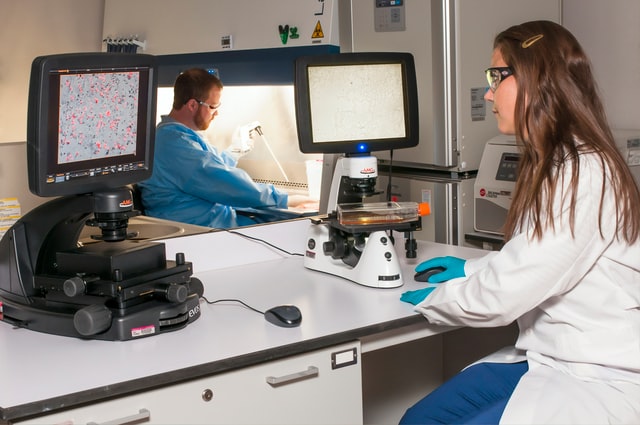
This concept can generate many benefits and a huge impact on the way in which services are provided, as well as greatly improve patient follow-up.
Through new technologies, it is possible to make more correct decisions, increasing the intelligence of your business.
These tools make it possible to collect very useful information about health plans and their users, in order to avoid the risk of claims.
Health 4.0 also focuses on preventing the possible use of health insurance, which consequently drastically reduces operating costs.
Making use of technology for health meets many needs and generates numerous benefits, not only for patients, but also for clinics and hospitals.
With that in mind, we've selected its main benefits. Check out!
Easy identification of the health profile and speed of care
By investing in intelligent digital solutions, such as deploying health 4.0, the collection of data on the health of beneficiaries happens in a faster and more accurate way.
This is critical when identifying risk groups, doing analysis and reporting any extra needs.
Having this information, the health plan can provide a specialized guidance service, focused on healthy habits such as eating, physical exercise and medical follow-up.
Thus, it is possible to offer a previous attention to the needs of emergency services, making people have better health conditions and request less this type of service.
It is health promotion in a preventive and effective way!
Minor claims
By doing a data collection through intelligent technological solutions, it is easier to identify the main causes of claim in the health plan and develop in a strategy focused on reduction.
This is one way to avoid problems before they even start to form.
Patient data analysis
With Health 4.0, technology creates and stores information about all patients, respecting the legislative ethics of data protection and medical confidentiality.
With this, the medical hists of each patient become more complete, and when a doctor goes to see a patient, he will know all the characteristics he has previously, facilitating the path to the correct diagnosis and treatment.
Preventive medicine in practice
Another important fact about Health 4.0 is the possibility of offering close follow-up to patients, improving the individual treatment options of each of them.
This is due to this data that is collected through technology, generating a report of relevant information about users.
Understanding better the reasons for the claims it is possible to manage each case personally, with preventive medicine that may include, for example, stress control, obesity control, healthy habits, treatments for chronic conditions and etc.
Creating a personalized profile of the clinical case of each patient, the care becomes personalized and more humanized and the results are more satisfactory.
Health Challenges 4.0
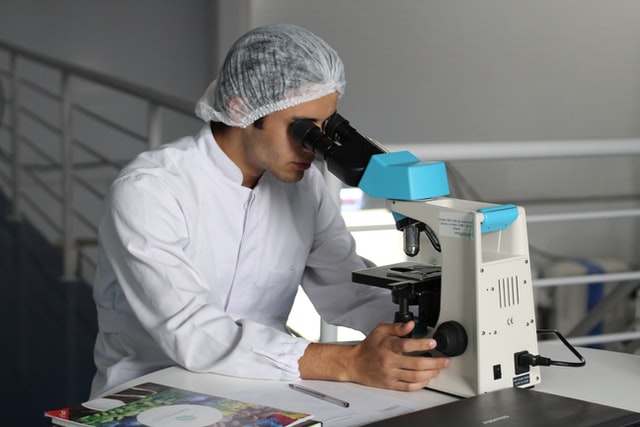
Due to the continental extension of Brazil, many efforts are still needed for health 4.0 to be faced with a reality, with universal access to medical care.
In this sense, it is worth stating that advances in the area still face some challenges.
Doctor-patient relationship
One of the main obstacles of health 4.0 is to maintain a continuous doctor-patient relationship in order to obtain assiduous monitoring of patients' health.
This challenge is related both to the type of professional approach and to the public's dedication to seeking care beyond the moments of illness.
According to a survey conducted by ictq (Institute of Science, Technology and Quality) with more than 2,000 respondents, 8 and every 10 Brazilians self-medicate, 56% in headaches, 32% in fever, 31% in cold and 28% in muscle pain.
This study also shows that more than 60% of people prefer to receive referrals from friends and family when taking medications and more than 40% admitted to indicate some mediation for acquaintances.
Quality of care
Another obstacle is to raise the quality of medical care, especially in the health units of the public initiative.
Precariousness in these centers is one of the major responsible for the high mortality rate in underdeveloped countries.
In Brazil, for example, about 153,000 deaths are caused every year by the poor quality of care for these units.
Another 51,000 deaths are a consequence of the lack of access to health care.
Digital literacy
Another challenge that deserves attention is digital literacy; that is, to ensure that health professionals understand how to use new technologies in their day-to-day life.
The digital transformation process is still underway. Therefore, not all doctors and nurses were able to absorb so much new knowledge.
Thus, it is important to adopt effective strategies to enable them to deal with these tools without difficulty.
Role of technology
One of the consequences of the lack of digital literacy is the mistrust of the real role of technologies in medicine.
Some professionals believe that these innovations will replace the work of the doctor.
In fact, this will never happen, because machines and devices —no matter how much autonomy and intelligent they are—are not able to make decisions on their own.
Its greatest function is to help organize data accurately.
Health Application 4.0 in Brazil
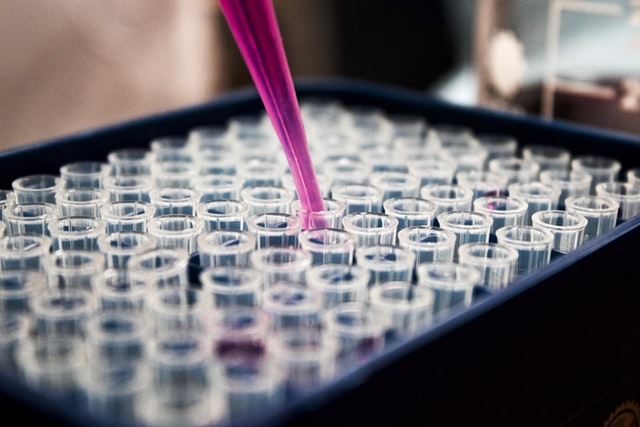
Now that you know what it is and what its benefits are, understand how your application happens in Brazil.
This answer is very broad, because the use of technology in favor of health can happen in a simple way, as in the process of digitizing a medical document, even surgically, assisting in a procedure.
The COVID-19 pandemic, which affected Brazil and the world, is a good example of this, simply because this event has imposed several routine changes on all of us.
Through this, telemedicine had to be strengthened in order to be able to assist patients, considering that it was not feasible for them to attend the hospital environment in the middle of the pandemic.
This was good for strengthening the technological infrastructure of hospitals and clinics and also for patients, who could be treated without risk of contagion.
The technology has been enabling integration through health-related devices, thus facilitating anamnesis and treatment of patients in Brazil.
13 Health Technologies 4.0
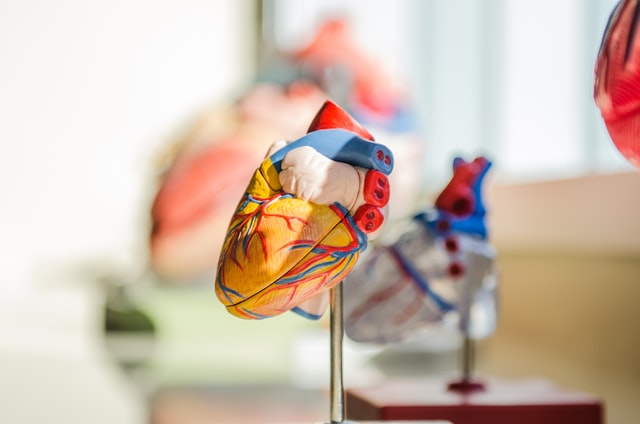
Learn about the main technologies of Health 4.0 and how they can greatly facilitate the lives of patients and health professionals.
Cloud computing
Medical software allows quick and easy access to digital records, so the responsible physician can access from anywhere, just have an Internet connection.
These medical records are stored in the cloud, ensuring practical access to patient data, which is of great help in an emergency situation.
Cloud computing ensures the hospital or clinic better agility for consultations and all the way to a patient's diagnosis.
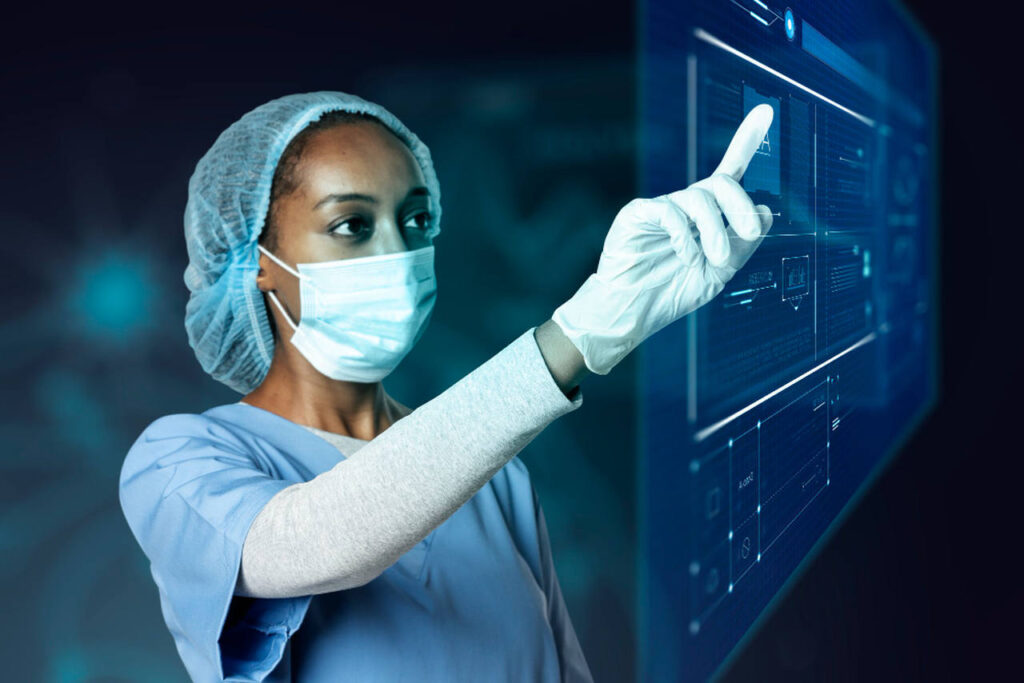
Big data
The hospital or clinic's technology system collects data that promotes important insights for assertive treatments and diagnoses.
Big Data contributes exactly to this, helping to identify the symptoms and complaints that patients from the same group may present.
Medical devices
The new technologies implemented in the health area include hospital beds, modern and intelligent dressings, prostheses and even state-of-the-art equipment, such as radiography and magnetic resonance imaging.
Each of these medical devices are aimed at improving patient care, diagnosis of diseases and treatment, aiming at a total health recovery.
e-Health
The term e-Health refers to teleconsultations or known telemedicine, when medical follow-up is done in a non-face-to-face manner, that is, at a distance, obeying the recommendations of the Federal Council of Medicine.
This type of technology makes life easier for many patients, especially during the coronavirus pandemic, when the recommendation was to avoid leaving the house, also avoiding hospital environments if there was no need to drive to one of them.
3D printing
The 3D printer is one of the leading and most modern medical technologies, printing copies of three-dimensional objects.
A 3D printer can print even prostheses for amputees, and research and testing is being conducted so that in the near future it can also print cells and other organic tissues.
6. PEP (Electronic Patient Record)
An electronic medical record makes it easy to organize a patient's information in one environment, such as medical software. Thus, the professional will no longer need to deal with stacks of papers, sending human failure and loss of important data.
7. AI (Artificial Intelligence)
With AI, machines and devices learn to perform tasks similar to what the human mind can do, such as reasoning.
A great example of this is the algorithm developed by IBM (International Business Machines Corporation), which can identify potential cancer risk.
It also helps professionals make important decisions as it provides evidence based on different treatment options as well as their possible side effects.
8. Telehealth and telemedicine
Telehealth and telemedicine technologies enable physicians to offer distance care. With a platform developed especially for this purpose, professionals can make consultations, diagnoses and issue medical reports remotely.
Such a technological solution is fundamental to increase the coverage of care, since it offers health care for individuals living far from large urban centers.
9. IoT (Internet of Things)
With IoT, monitoring devices are integrated into the network to allow physicians and other health professionals to track the progress of their patients, even from a distance.
Some great examples are the popular smartwatches and smartbands, which send information about the pattern of heartbeats and patient sleep cycles in real time to professionals.
10. Biosensors and trackers
They are devices responsible for collecting information, as well as analyzing the health status of patients to perform a more accurate diagnosis. They can also be used to monitor the development of chronic diseases.
11. Genomic medicine
Since the early 2000s, we have seen evolutions in the sequencing of the human genome. These DNA analyses are very useful for medicine.
With this study, it becomes possible to follow the patient's preventive medical follow-up, as well as the creation of a personalized treatment, if necessary.
12. VR (Virtual Reality) and AR (Augmented Reality)
VR and AR tools help medical students, for example, perform risky and delicate medical procedures without endangering any patients—heart surgeries. It's an excellent way to reduce medical errors.
13. In vitro diagnosis
It is the test that uses a material that, as soon as it comes into contact with the human body, through an "in vitro" system, helps physicians to gather information about the health and physiological status or disease of patients.
Visit TheAnatel Ce rtification for more information on the certification of technologies.
Conclusion
Health 4.0 consists of the use of technology to achieve improvements in medical care, access to this care, and also in the treatment and diagnosis of patients' conditions.
This has greatly facilitated access to health and service delivery in clinics and hospitals, and the idea is that over time this will expand further.
